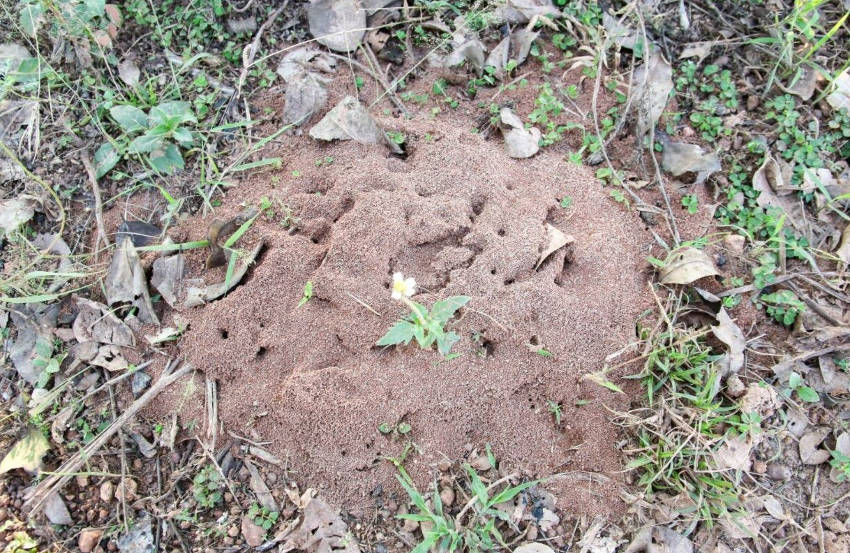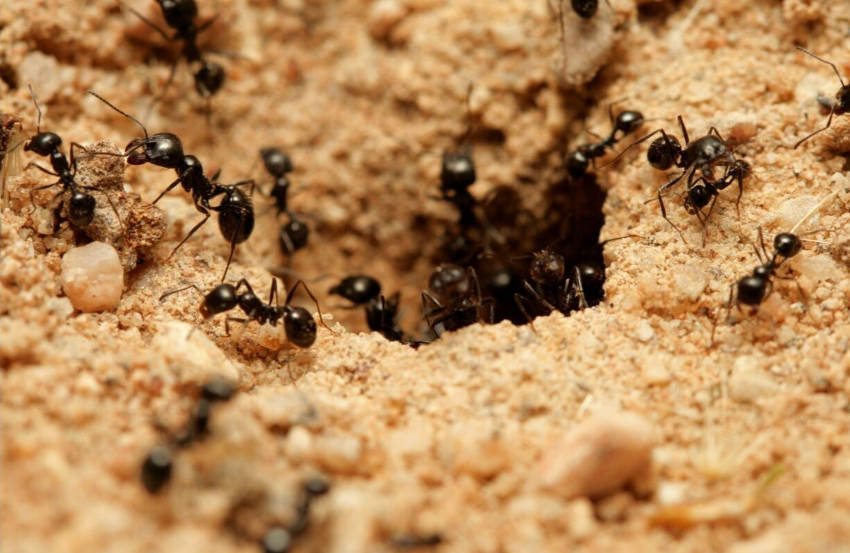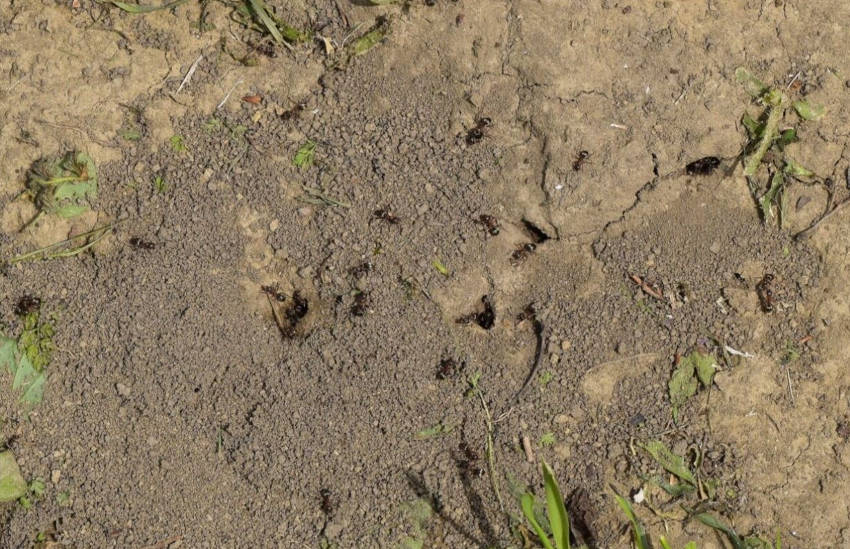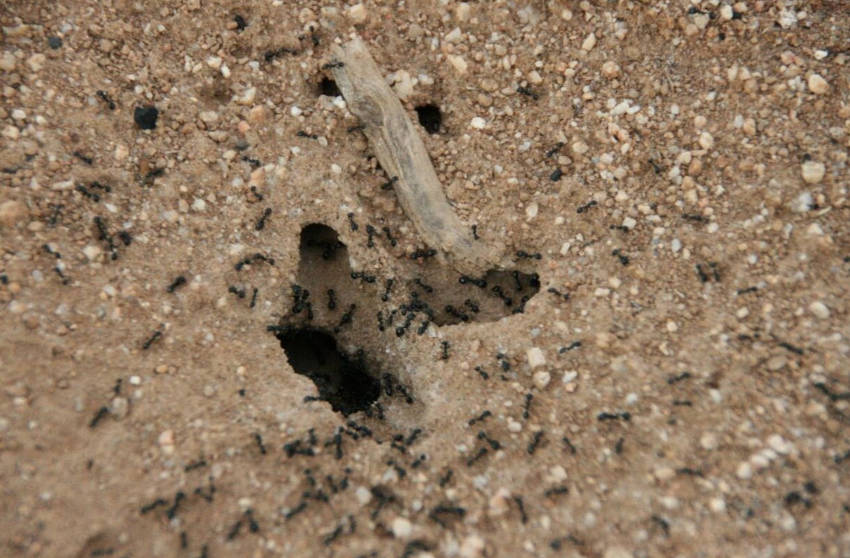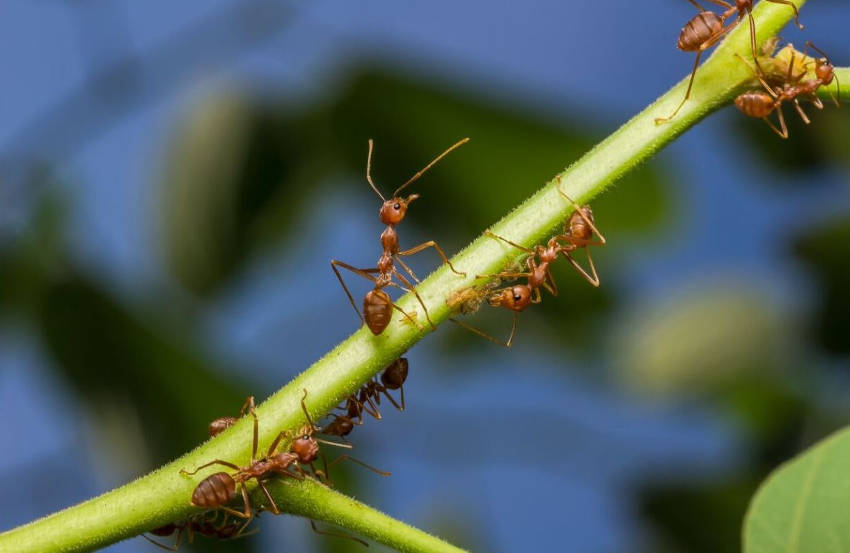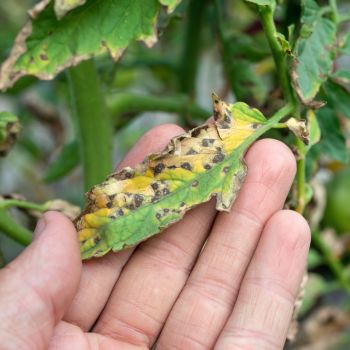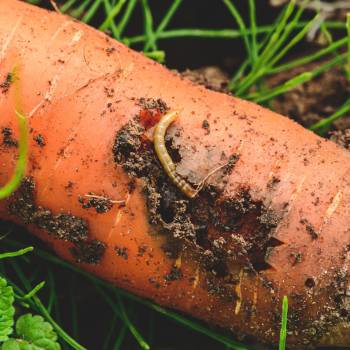If there's one thing that's extraordinary about the humble ant, it's the sheer scale of numbers the insect can boast. There are over 10,000 known species worldwide, more than 1,200 in Australia alone, and a single colony can host tens of thousands of individual insects.
Given these figures, and the fact that an infestation can cause real problems for gardeners, you might think that ants are pests as bad as any other. However, the true situation is a little more complicated.
Australian Ants and Their Benefits
Despite their many species, most ants in Australian gardens can be divided into two main categories. The smaller ones, black-coloured and 1-3mm long, are known as garden or common ants. The second type are larger at 3-7mm, and are often referred to as brown ants thanks to their reddish-brown colour.
Both play a generally positive role in the garden.
- They help to pollinate plants as they forage for nectar.
- They prey on some species of caterpillar and other pests.
- They work as part of nature's garbage control system, removing dead animals, fallen foliage, and so on.
- They're a source of food for birds, reptiles, and other wildlife, helping to enrich the local eco-system.
The Downsides
Unfortunately, not all ants you'll come across are these harmless, even helpful, native species. Invasive carpenter ants imported from the US can cause serious damage to wooden structures including fences, garden buildings, and even your home.
Just as unwelcome, species such as fire ants, electric ants, and others possess a bite or sting ranging from the uncomfortable to the positively painful. A garden full of these creatures is not a pleasant place to work or play in.
But even non-aggressive ants have their disruptive side, especially when they arrive in numbers.
- Although they're mostly scavengers, ants can feed on tender shoots, seedlings, and other vulnerable plants.
- They can also snack on sweeter parts of a plant including fruits, flowers, and even sugar-rich vegetables.
- Ants will happily harvest freshly sown seeds, carrying them back to their nest as a food store. This can make sowing outdoors a dispiritingly futile exercise.
- Many wild plants have symbiotically evolved sweet-tasting seed shells which the ants feed on, spreading the seeds in the process, and adding to weed problems.
- Although ants often help pollinate flowers as they forage, they can also do the exact opposite and ‘steal’ pollen reducing the chance of pollination by other insects. This is usually only a problem with plants that have separate male and female flowers, and especially when the flowers are spaced a distance apart, such as pumpkins.
- Ants notoriously 'farm' aphids for their honeydew, protecting and spreading their populations to feast on your plants.
- Ants tend to build their underground nests around root systems. The excavated space deprives the parent plants of water and nutrients, stunting growth.
- Oversized nests can form disruptive and unsightly mounds in lawns, play areas, and vegetable beds.
- Ants' digging activities helpfully aerate the soil in small amounts. However, with an infestation, this aeration can increase drainage so much that the soil dries completely and becomes water repellent.
And to add to these gardening difficulties, a large ant population is simply a nuisance, invading your home and disrupting outdoor life through their constant search for food.
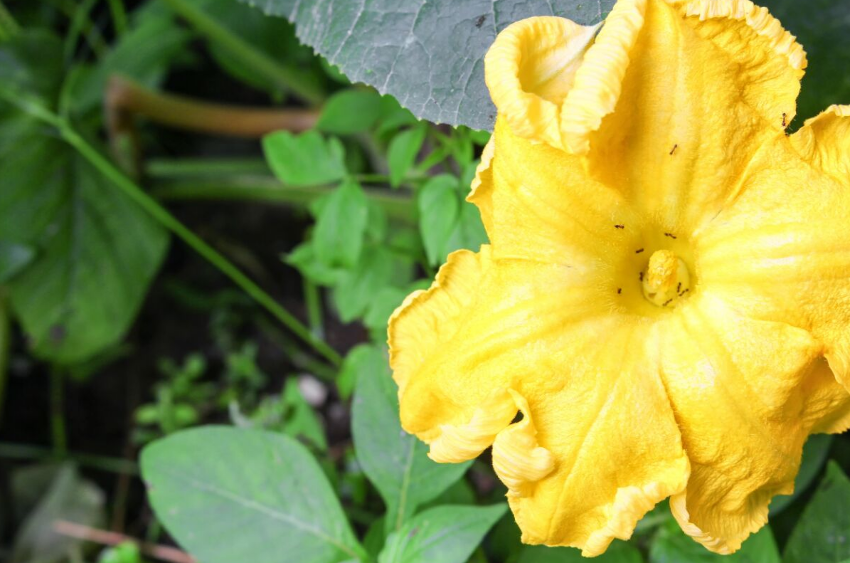
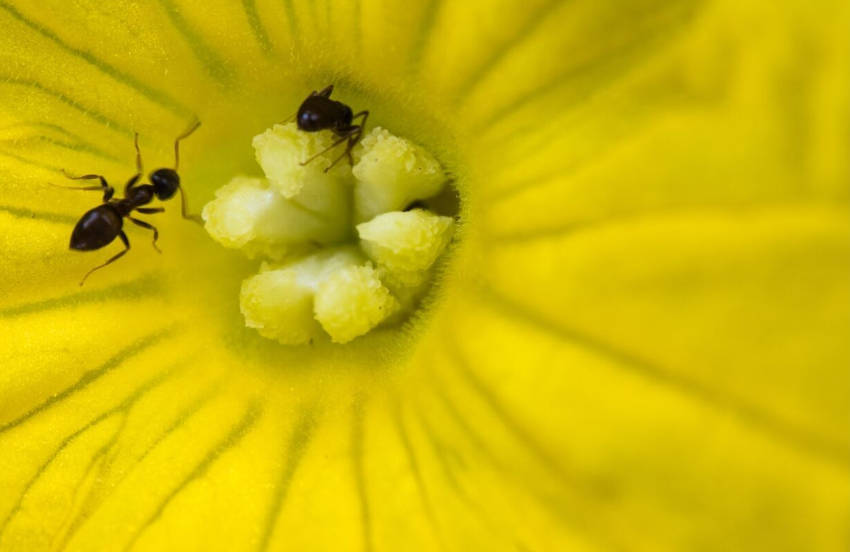
Which Plants Are Most at Risk from Ants?
Despite their fondness for tender young shoots and nectar-rich flowers, ants rarely cause significant damage directly through feeding. Certainly, they won't strip entire plants bare as you'll see with caterpillars, snails, and other more voracious pests.
But their active stewardship of aphids can cause huge problems. If your tomatoes, lettuce, soft fruits, and other tender plants are under repeated aphid attack, it's worth checking if ants are the underlying cause.
Keeping Ant Numbers in Check
There's a wide variety of commercial chemical products which can eliminate entire ant colonies with just a few sprays. However, bearing in mind the useful purpose ants serve in smaller numbers, population control using organic methods is preferable to all-out war.
- Encourage native predators such as wasps and birds by planting a healthy range of native flowers and shrubs.
- Diatomaceous earth (or DE) is a natural, fine powder made from fossilised plankton. It's lethal to hard-shelled insects but entirely harmless for mammals, birds, and plant life. It is therefore considered safe to use in organic gardens. Buy a food-grade product, and sprinkle around your vegetables, flowers, or even outdoor dining areas to clear the immediate area of ants.
- Protect specific areas of your garden with a border of odorous plants that deter ants from crossing the boundary. Lavender, fennel, chamomile, and peppermint are all said to be effective.
Stronger Eradication Methods
Keeping your garden's ant population under control may be the most eco-friendly choice, but if you're faced with a serious infestation, more decisive action is needed.
Try and locate the nests which are the source of the problem. Handily, ants' trails often lead you directly to them, and once found, several simple treatments can eradicate the colony.
- Pour boiling water directly over the nest. You may need to make several trips for complete clearance.
- For a less brutal method, use white vinegar instead. This won't kill the ants on contact, but will drive them away from the nest. The results are just as fatal, but slower, so it's a matter of choice.
- Mix one part liquid soap, three parts cooking oil, and enough water to combine. This forms a sticky, suffocating fluid which clears a nest effectively.
- Borax powder is an all-purpose cleaner used in many homes, and it has powerful insecticide properties. Either sprinkle directly onto a nest, or use it to lace a sugary bait which the ants will collect and deliver, trojan-like, to their home base.
If all else fails, pesticide sprays are effective, but come with the usual risks to beneficial wildlife and the wider environment.
Ant Infestations in Pots
Ants' tendency to over-aerate the soil is a particular problem in containers. If a colony starts to establish, the pot can become dry and water-repellent extremely quickly.
Infested pots can be rescued by soaking them in a bucket of water, leaving the soil's surface just below the water level. Wait until bubbles have stopped appearing, and then remove the container to a sunny spot to dry a little.
This process drowns the ants, while also rehydrating the compost so that you can continue watering as usual.
Keeping Ants Clear of Living Areas
Even if you're happy to share your garden with ants, you'll probably want to keep them away from your outdoor living areas, and definitely out of your home. There are several ways of doing this without resorting to chemical sprays or powders.
- As relentless scavengers, ants are attracted by even the tiniest food scraps. Clear all debris from outdoor areas after every meal, including spilled drinks.
- Break the trails they create that lead others to food sources. Either scrub with soapy water to remove the pheromone signposts, or spread Vaseline to form a sticky barrier.
- Place small bowls of sugar paste around your outdoor living spaces. The sweetness will attract ants in the area but send them to a sticky end.
- Make an irritating infusion of garlic, chilli, and black pepper to spray across their usual paths.
For the environmentally conscious gardener, ants create a predicament. There's no doubt they're a nuisance in numbers, but they also have a vital place in the ecosystem. Using organic methods to keep the population in check lets you protect the ecological benefits they bring without giving them free rein to take over.
